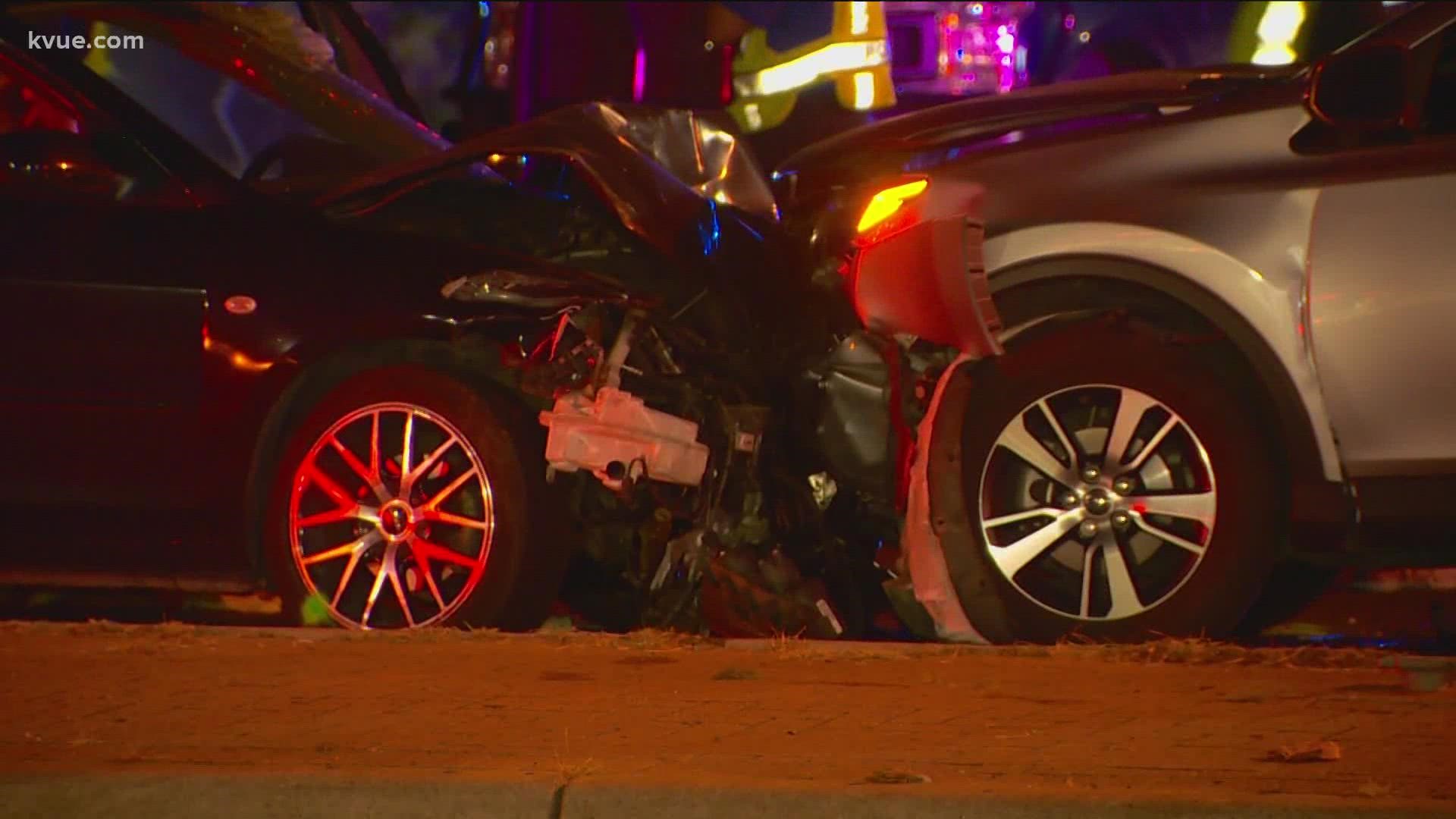AUSTIN, Texas — Austin's traffic levels have resurged to what they once were pre-pandemic, but a new traffic report shows Austinites haven't stopped spending hours in rush hour traffic.
A traffic report from TomTom International B.V. tracked average peak traffic levels during a.m. and p.m. commute times, monthly average congestion levels and the best days and times to avoid traffic.
According to the report, drivers in Austin spent an average of 74 hours (three days and two hours) sitting in rush hour traffic in 2021, a full two days and 11 hours less than 2019. The report says that, in 2021, Austin drivers spent an average of seven extra minutes on the road per 30-minute trip in the morning and 12 extra minutes per 30-minute trip in the evening.
In 2019, Austin drivers spent an average of 14 extra minutes per 30-minute trip in the mornings and 20 extra minutes per 30-minute trip in the evenings, the report says.
In 2021, Austin's congestion level was 20%, according to TomTom. What does that mean? TomTom's report explains it like this:
"A 20% congestion level means that, on average, travel times were 20% longer than during the baseline non-congested conditions. This means that a 30-minute trip driven in free-flow condition will take six minutes longer when the congestion level is at 20%."
Austin's congestion level was 18% in 2020 and 27% in 2019, per TomTom.
And while Austin's traffic levels might not surpass those compared to before the pandemic, the past year has been the city's deadliest year on record. There were at least 116 deaths involving vehicles on Austin roadways. KVUE's Bryce Newberry took a deeper look at why this is the case. You can read that full report here.
To take a further look at TomTom's Austin traffic report, including data on which days of the week and times of the day experience the worst rush hour traffic, click here.
PEOPLE ARE ALSO READING:

